
AI-Powered Chatbots vs. Traditional Chatbots: What’s the Future
AI-powered chatbots featuring conversational AI have become a new norm in businesses. On the other hand, conversational AI is changing

AI-Powered Chatbots vs. Traditional Chatbots: What’s the Future
AI-powered chatbots featuring conversational AI have become a new norm in businesses. On the other hand, conversational AI is changing

Brand Refresh: Meaning, Benefits, Challenges, Strategies & Examples
Is your brand image starting to feel a little stale? Does your current brand identity no longer accurately reflect your
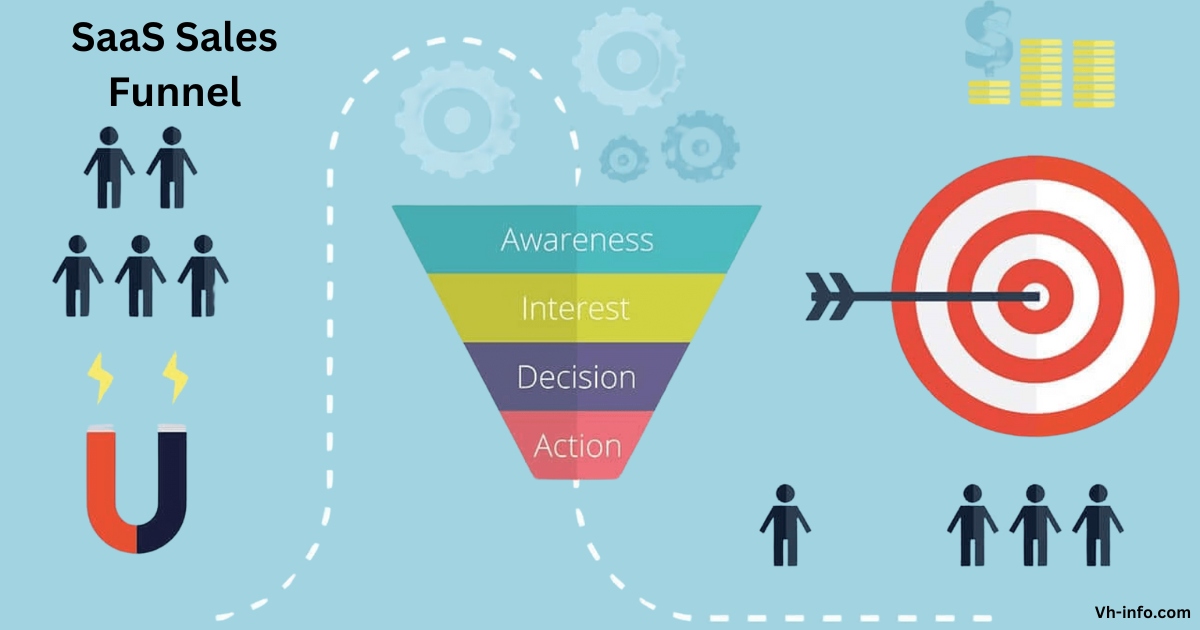
SaaS Sales Funnel Mastery: Convert Leads Into Paying Customers
In the competitive SaaS industry, a well-structured sales funnel is essential for driving conversions and fostering long-term customer relationships. A
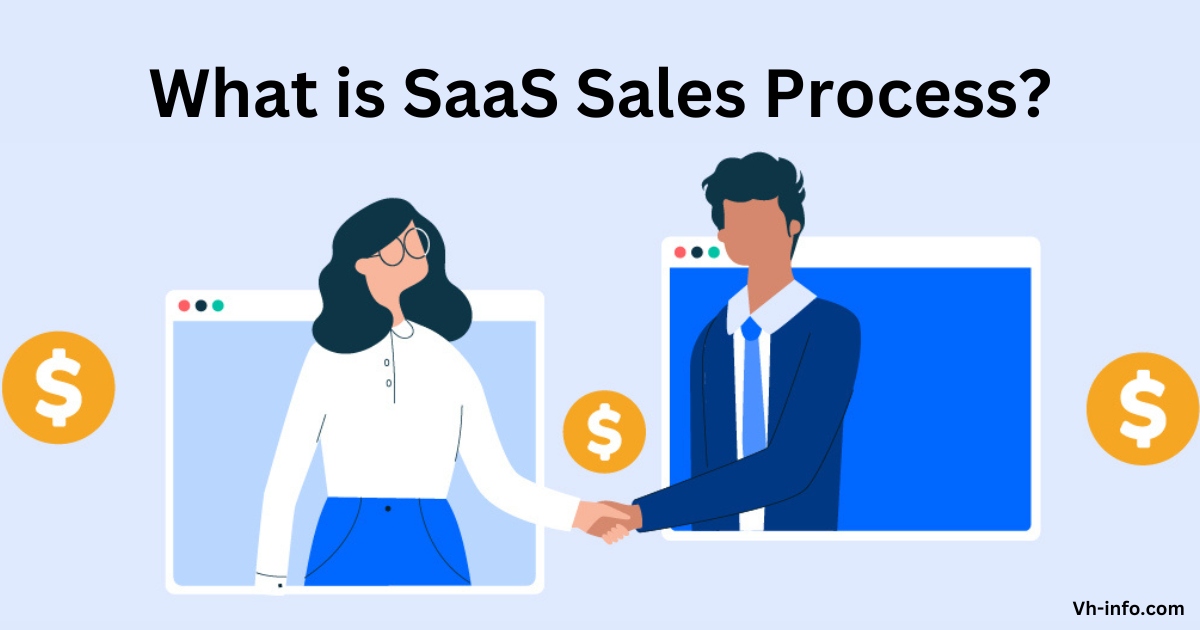
What is SaaS Sales Process? The 101 Guide To Sell Software in 2025
The SaaS sales process is a structured way to bring in new customers and increase the monthly recurring revenue of
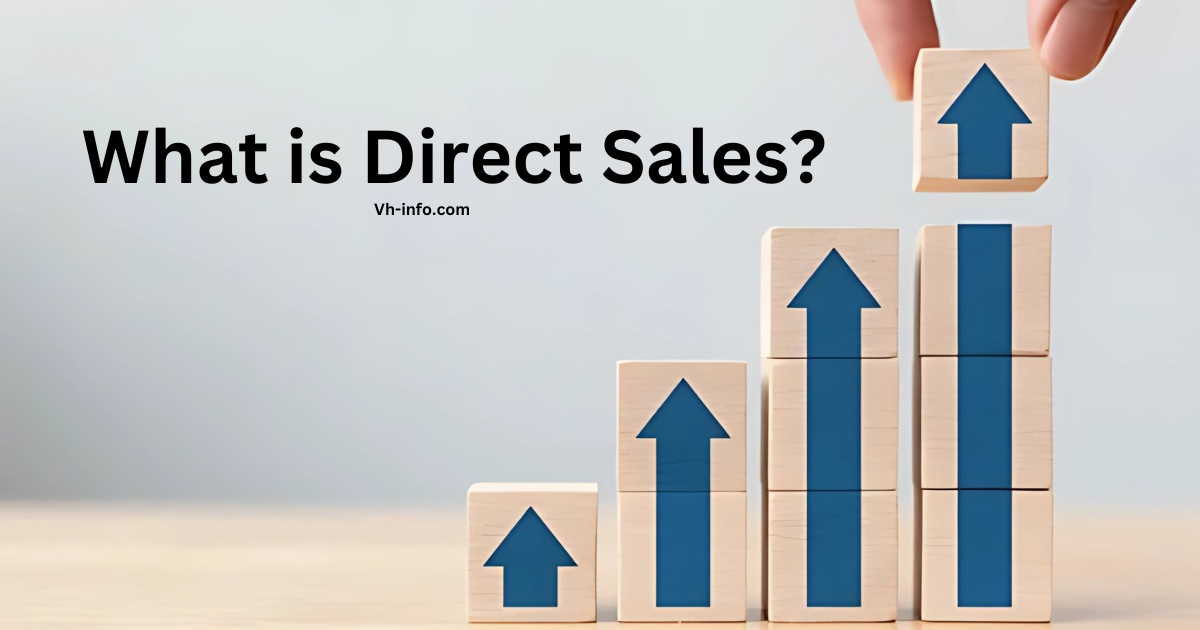
What is Direct Sales? Types, Tips & Best Direct Sales Companies
If you’ve been looking for a sales approach that puts you closer to your target audience and allows you to

Apple Slogan: Then Vs. Now – The Tagline of Apple Decoded
Apple Inc., the Silicon Valley-based technology corporation, is renowned for its revolutionary products like the iPhone and MacBook Pro. However,
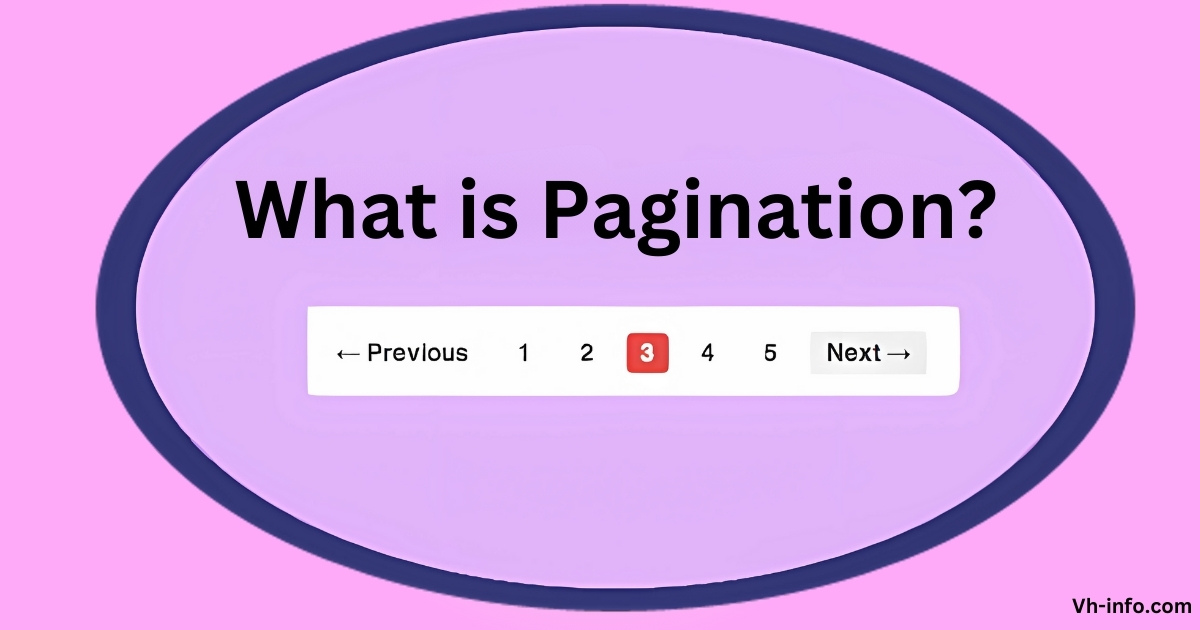
What is Pagination? Its Importance, Alternatives & Best Practices
At VH Info, large amounts of content cannot always fit on a single page. When a site displays product listings,

What is Yandex? Everything About Russia’s Leading Search Engine
Many people consider Google the default search engine for any query. However, there is another popular search engine that dominates

Panda Penalty 2011-25: A To Z Guide To The Google Panda Update
The panda penalty is a significant factor in the SEO industry, often linked to declines in search rankings on Google.
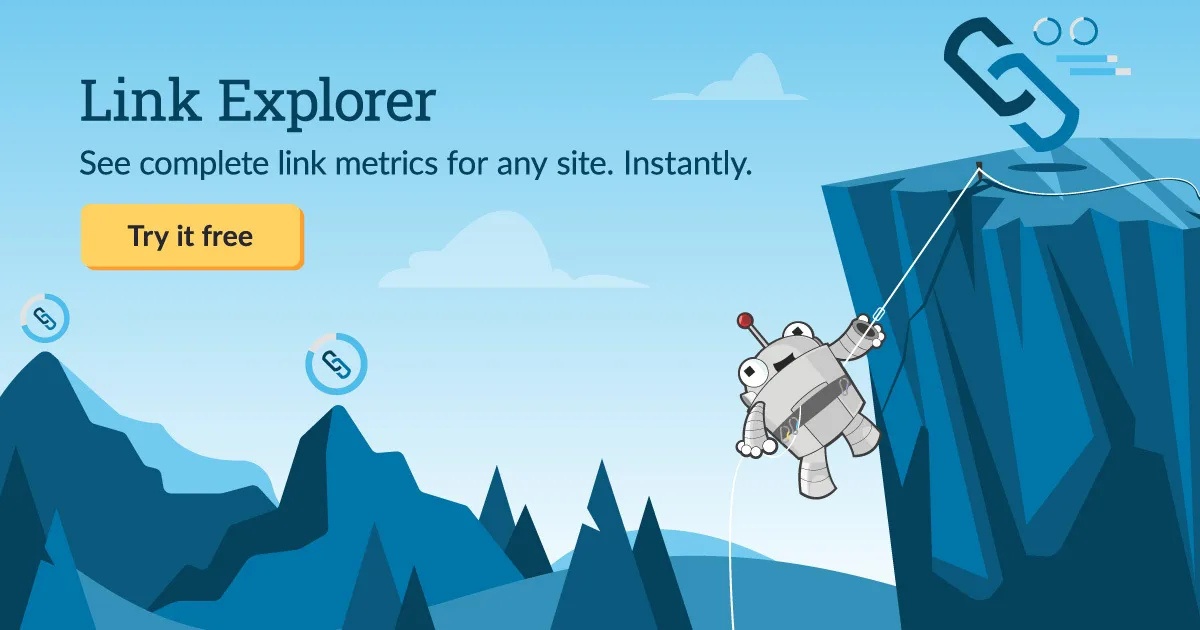
Link Explorer: What is it, It’s Features, Why & How To Use It?
Link building remains a major focus for SEO professionals who want to boost rankings, increase organic traffic, and establish a
WHAT WE
3rd floor, VHinfo, QRXG+CG9 Capital Market, Canal Rd, chokdi, Ravapar, Morbi, Gujarat 363641
VH-info © 2025 | All Rights Reserved